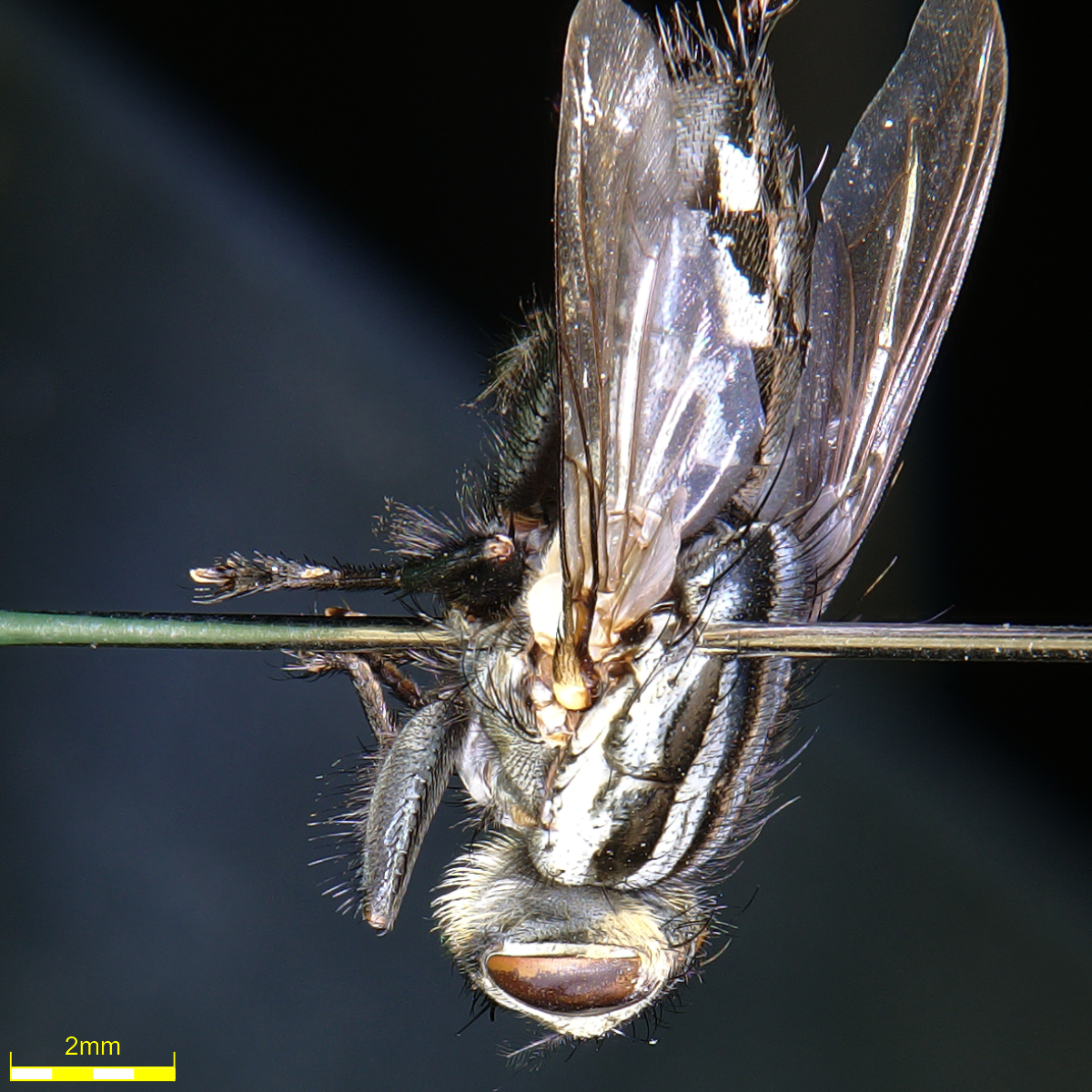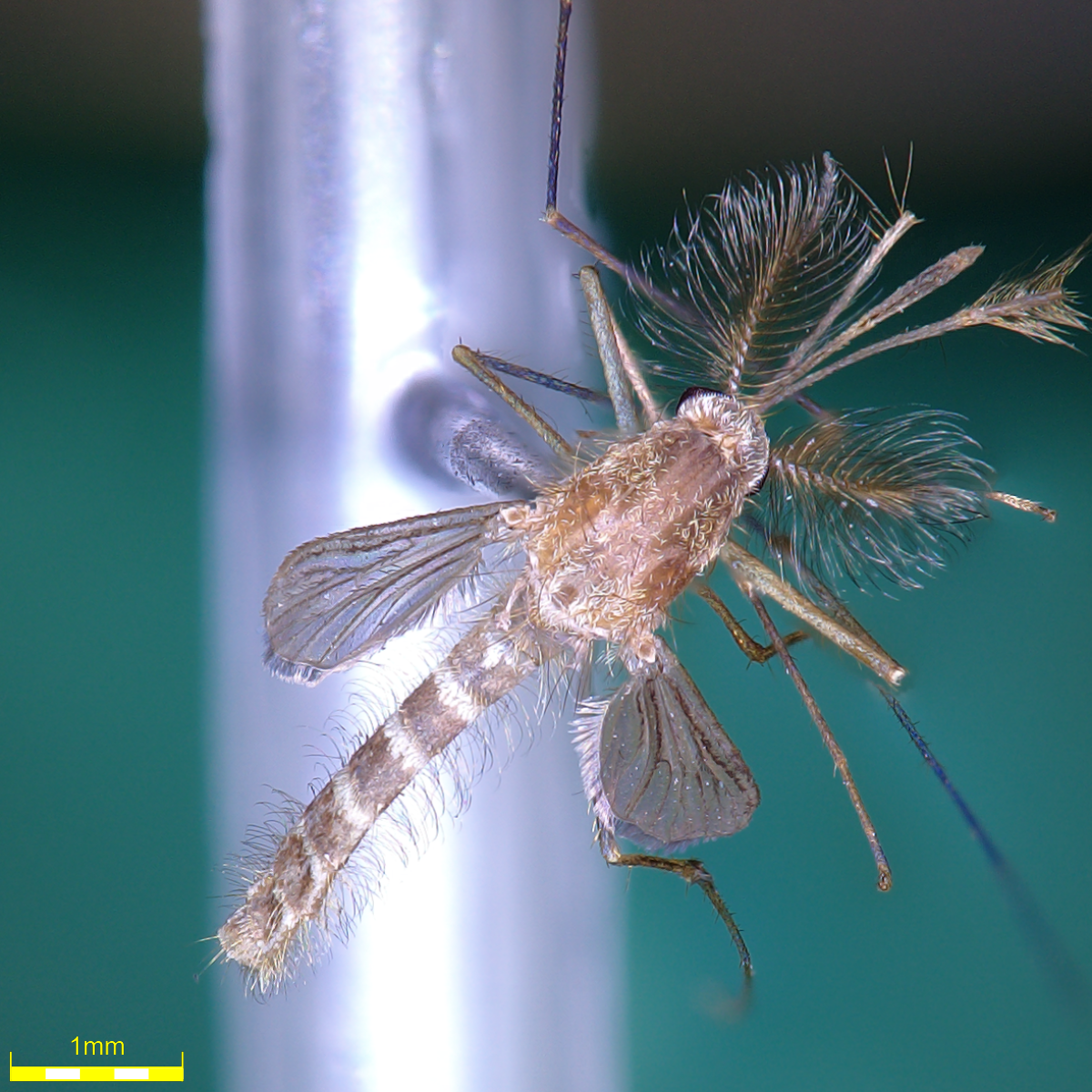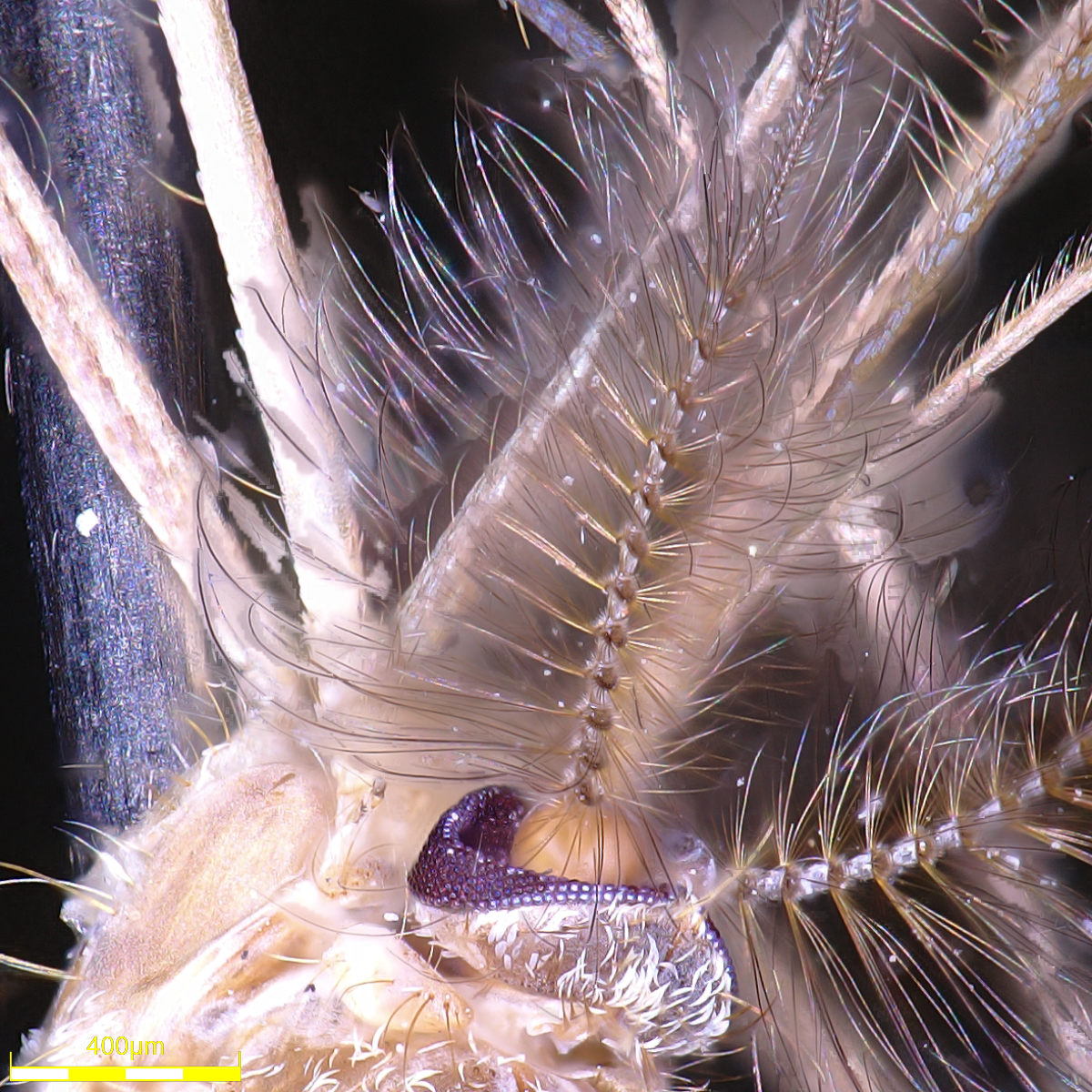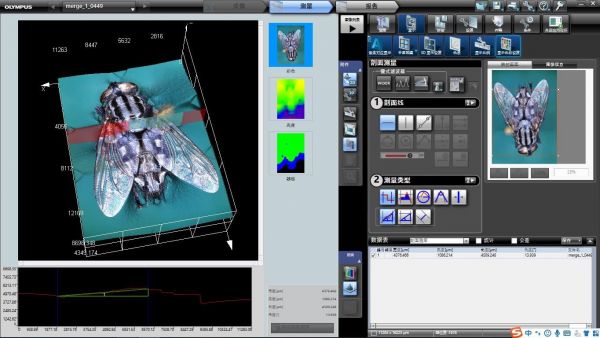The digital microscope is one of the most versatile inspection tools around, used to check everything from brake pads to drill bits. While it’s typically associated with quality control inspections in industrial applications, the digital microscope also plays an important role in the bioscience world.
One bioscience application is medical entomology, or the study of medically important insects—adult insects or larvae that can cause injury or directly or indirectly transmit human diseases. Consequently, identifying their species and characteristics, as well as learning about their ecological habits and how they harm humans, can help entomologists take control measures to protect our health and safety.
The Challenges of Imaging Medically Important Insects
Insects have a complex morphological structure, so figuring out how to obtain an adequate image of them is a common problem for entomologists. Due to the limited depth of field in conventional optical microscopes, it’s difficult to obtain a full clear image of an insect’s body. Further, conventional optical microscopes often lack adequate imaging resolution to capture the insects properly.
Buzzworthy Benefits of Using Digital Microscopes for Medical Insect Research
To achieve a clear three-dimensional (3D) digital image and facilitate the observation and study of insect structure, entomologists use digital microscopes. For instance, the Olympus DSX1000 digital microscope provides many helpful capabilities:
- Extended focus imaging (EFI) to capture all-in-focus images of whole insects
- Easy 3D imaging and measurement
- 20X to 7,000X magnification range enables accurate observation
- A variety of long working distance objectives can observe irregular samples, enabling researchers to inspect a variety of insects (including larger ones)
- The microscope body tilts ± 90° so that you can observe and capture an insect sample from multiple angles and obtain clear macro and micro images with one instrument
- The stage rotates ± 90 ° to make it easier to observe and analyze thin samples
Below are example images of flies and mosquitoes captured with a DSX1000 digital microscope.
 |  |
| 2D images of flies |
 |  |
| 2D images of mosquitos |
With the DSX1000 digital microscope, you can easily obtain clear 3D images of insect samples and take images from many angles. The device can magnify the local parts of insects in high magnification and accurately measure their characteristics. The use of 3D imaging technology to observe the microstructure of insects and perform the relevant measurement and archiving helps entomologists plan pest control measures.

The DSX1000 digital microscope can accurately measure local characteristics of insects
Inspecting Medically Important Insects with an Easy-to-Use Microscope
The DSX1000 digital microscope is easy to use and has automation functions to ensure that experienced operators and beginners can check and analyze samples quickly and accurately. Using a digital microscope with our OLYMPUS Stream™ image analysis software further improves the speed and efficiency of the detection workflow.
When the weather gets warmer, insects begin to appear everywhere, including some pests. With the help of a digital microscope, their species can be identified efficiently and accurately, and the number of pests can be monitored to formulate reasonable pest control measures. These important actions can effectively control the spread of diseases and better protect our health and safety.
Related Content
Modern Digital Microscopes: Jack of All Trades, Master of All




